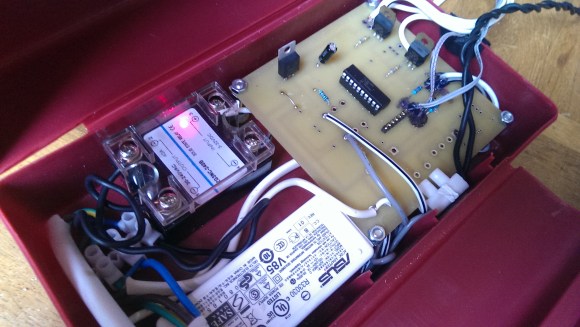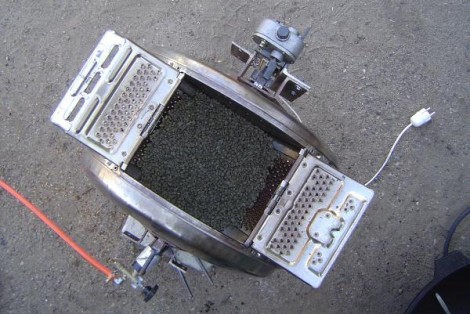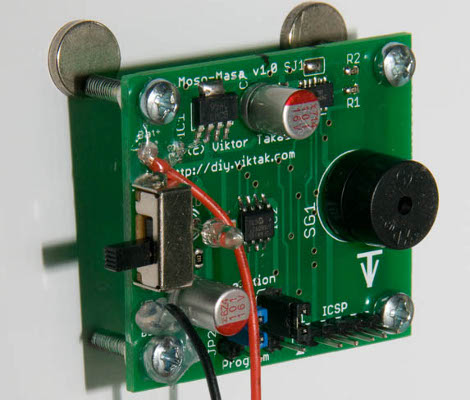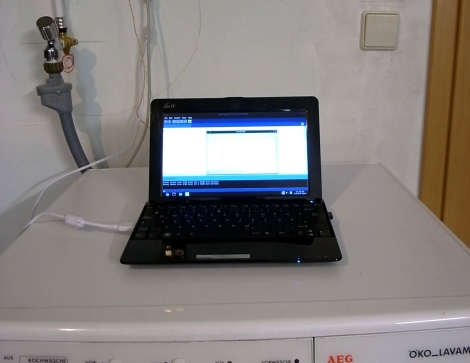 [Michiel] likes to wash his clothes in warm water. Like a lot of machines, his draws from the cold water line and heats it electrically. Gas is much cheaper than electricity in the Netherlands, so he wanted to be able to heat the water with gas instead. Hot-fill machines already exist, but few models are available and they’re all too expensive. [Michiel] rolled up his sleeves and hacked his brand new washer into a hot-fill machine.
[Michiel] likes to wash his clothes in warm water. Like a lot of machines, his draws from the cold water line and heats it electrically. Gas is much cheaper than electricity in the Netherlands, so he wanted to be able to heat the water with gas instead. Hot-fill machines already exist, but few models are available and they’re all too expensive. [Michiel] rolled up his sleeves and hacked his brand new washer into a hot-fill machine.
He started out thinking that he’d just connect the hot water line instead, but that proved to be too hot. He found out it needs to be about 35°C (95°F), so he decided to mix input from the hot and cold lines. Since it’s a shiny new machine, [Michiel] wanted an externally mounted system to keep from voiding the warranty. He got two solenoid valves from the electronic bay and used a PIC16F to make them dance. He wired up a light switch on a two-panel face and used the blank plate for power and status LEDs.
[Michiel]’s design works like a charm. The machine used to draw 2000W to heat the water, and peak usage now is as low as 200W. He noticed that the washer drew a lot of power in standby mode so he added a solid state relay and a bit more code. Now the electricity to the machine is cut after two hours and [Michiel] saves about €97 per year.

















